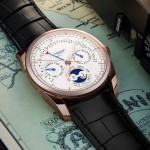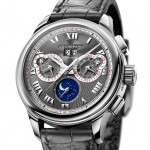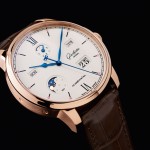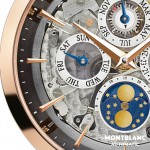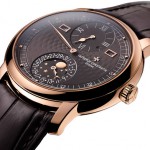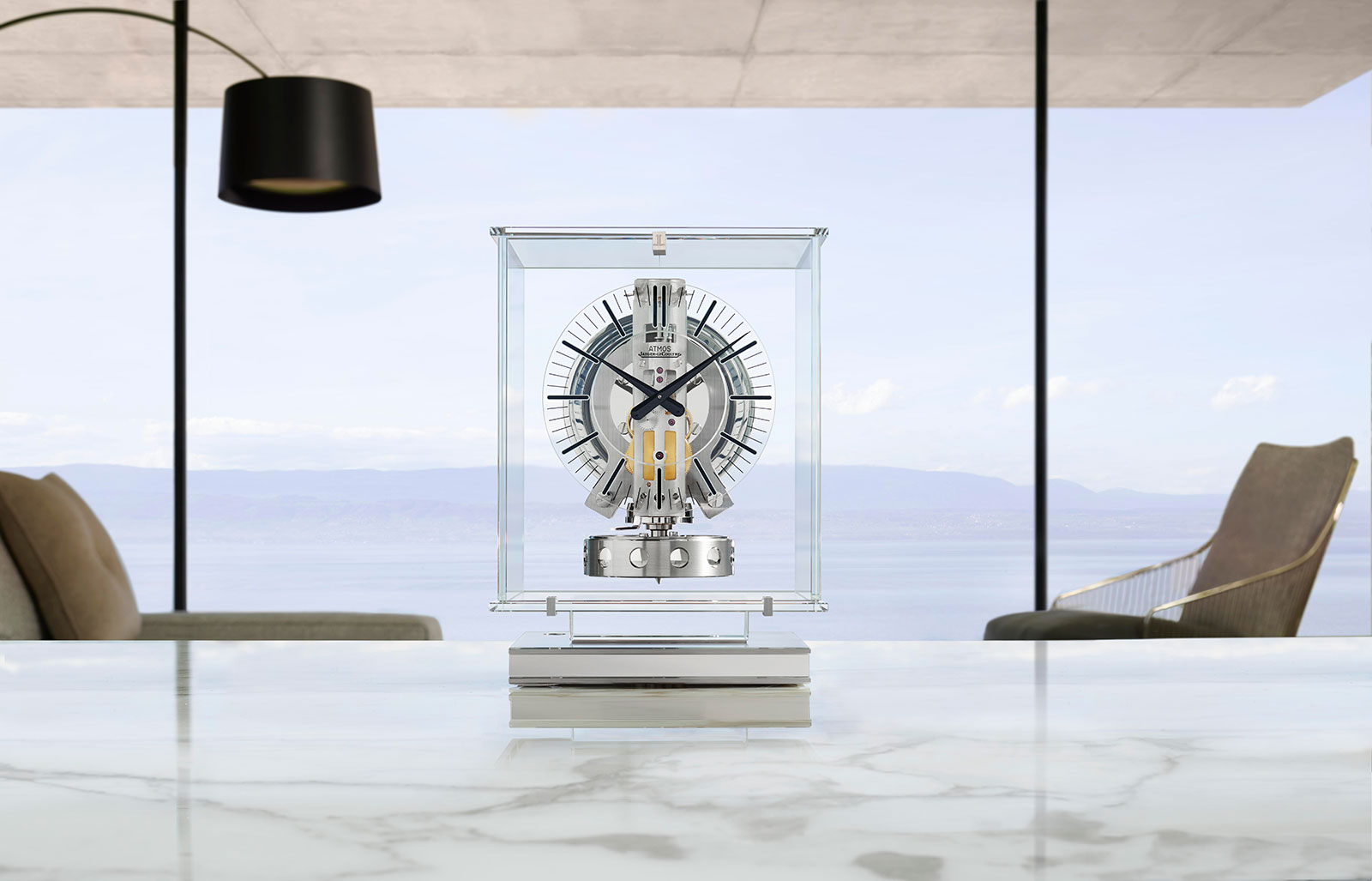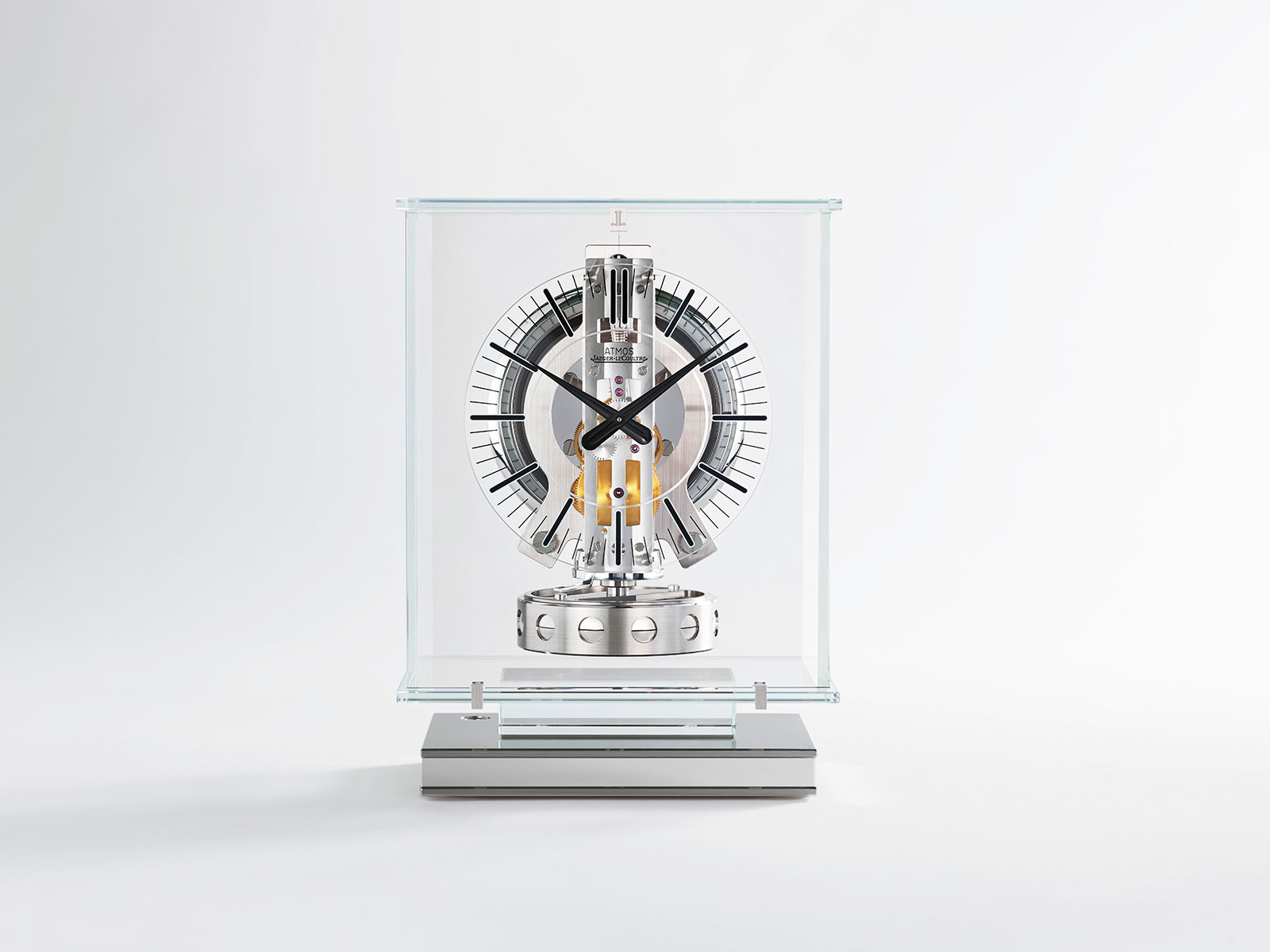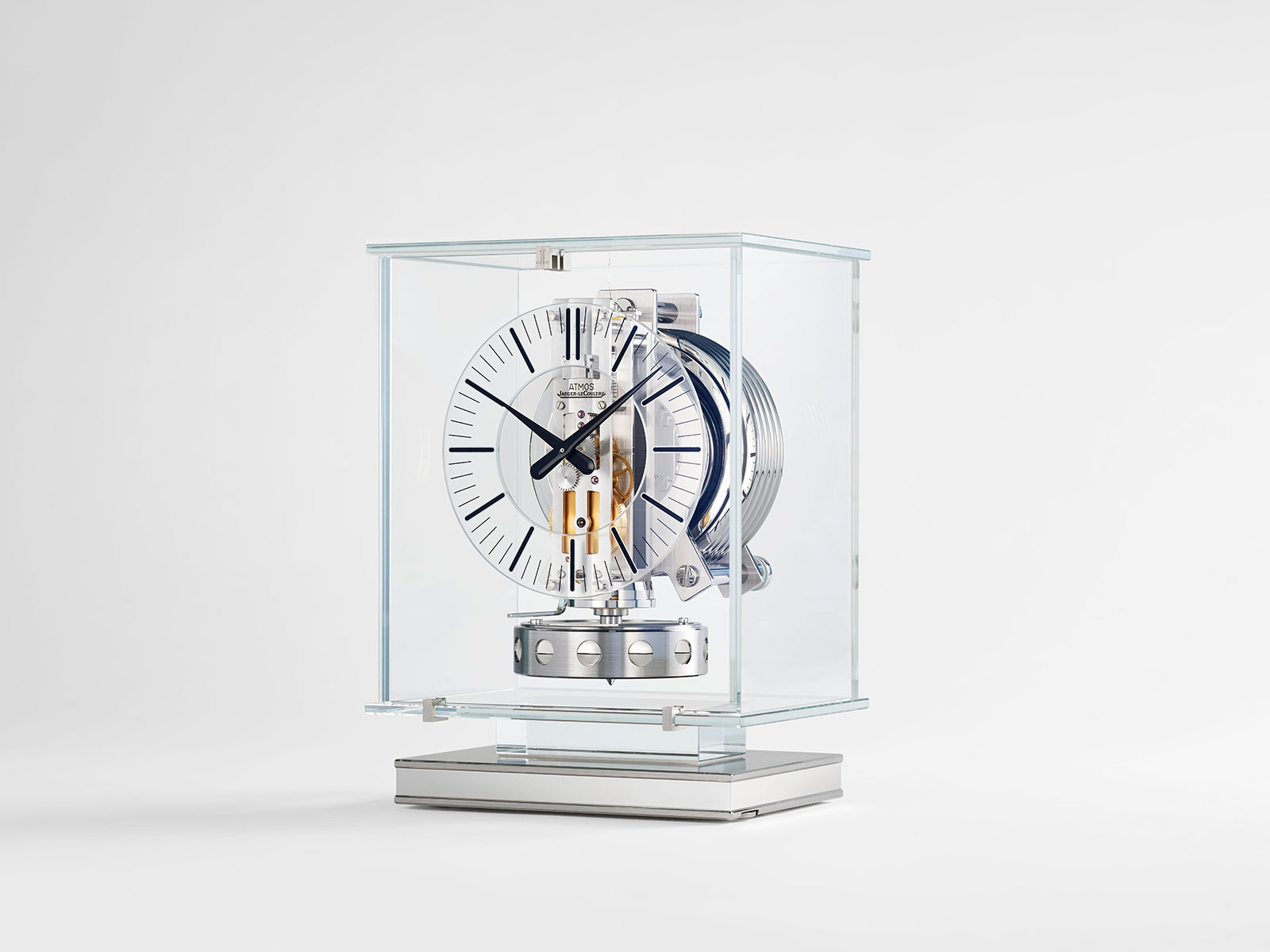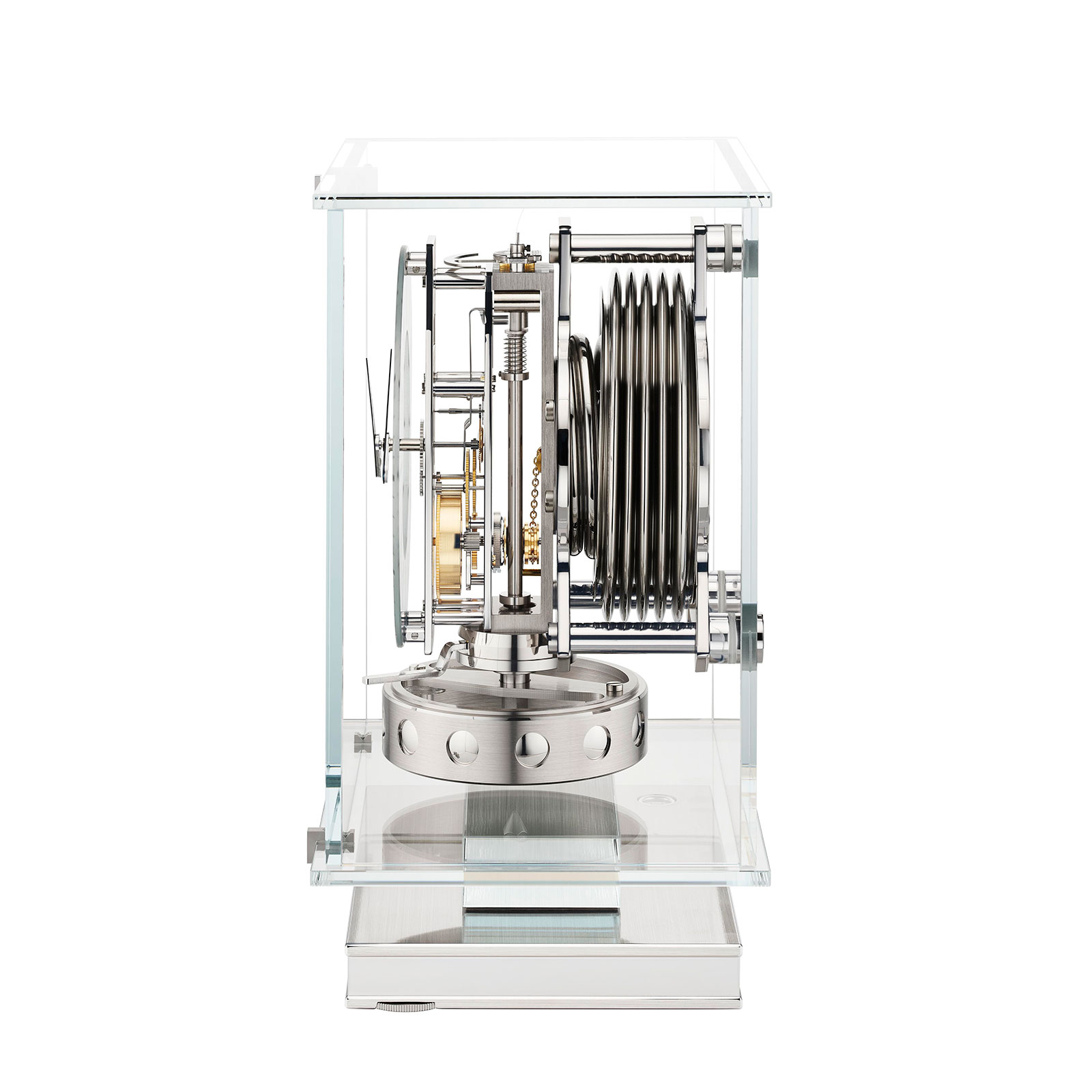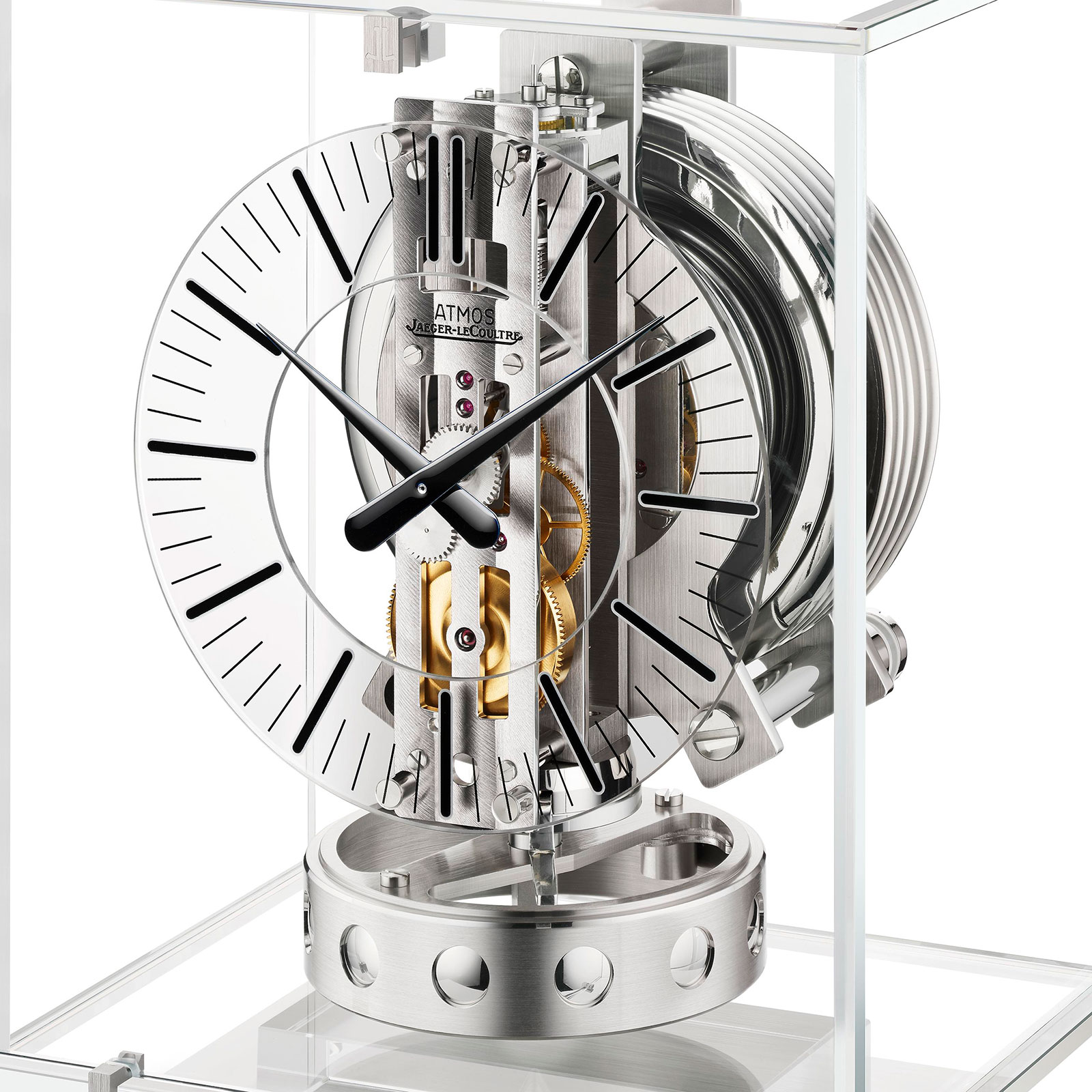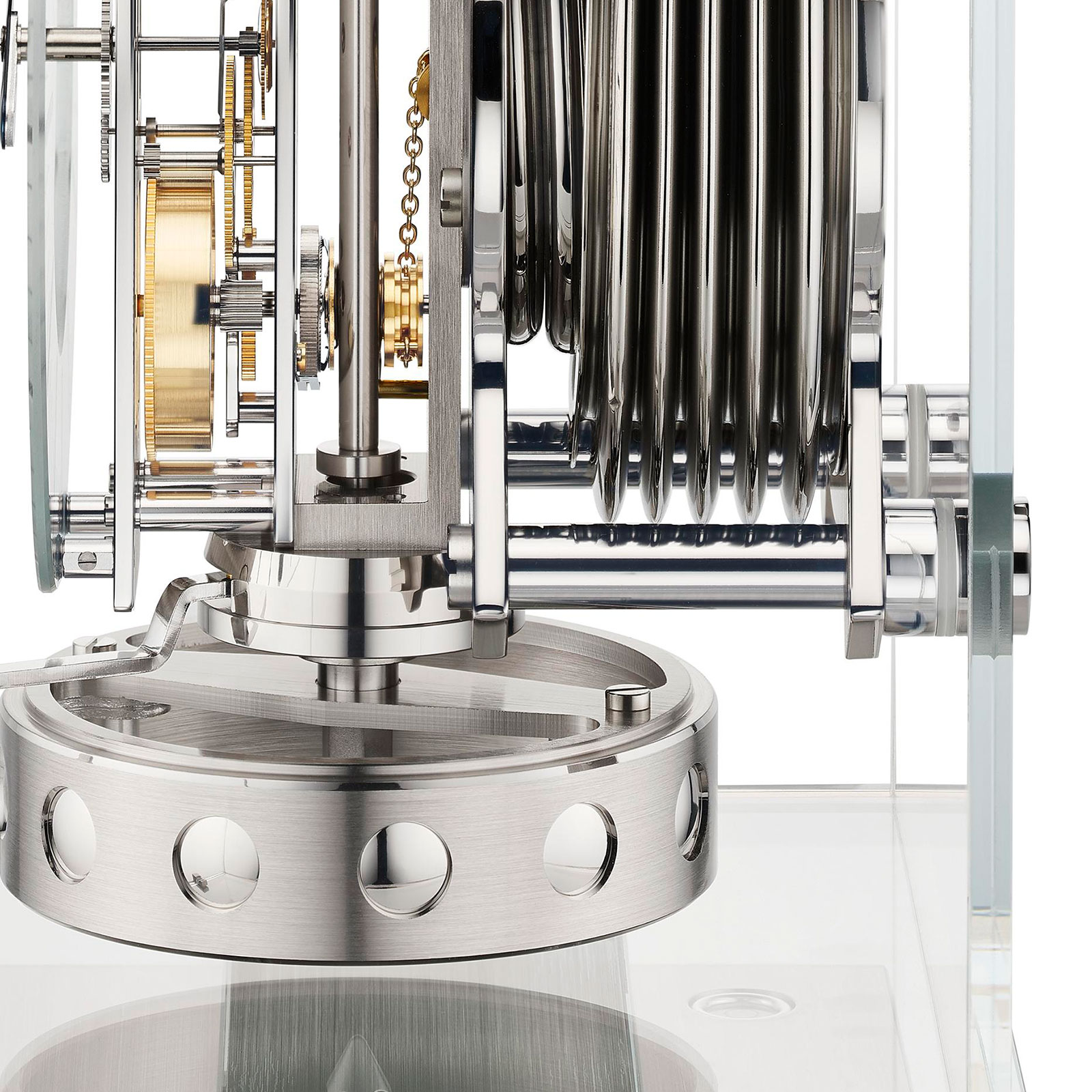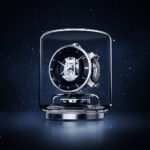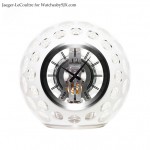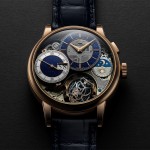Parmigiani Introduces the Hijri Perpetual Calendar
An Islamic lunar calendar for the wrist.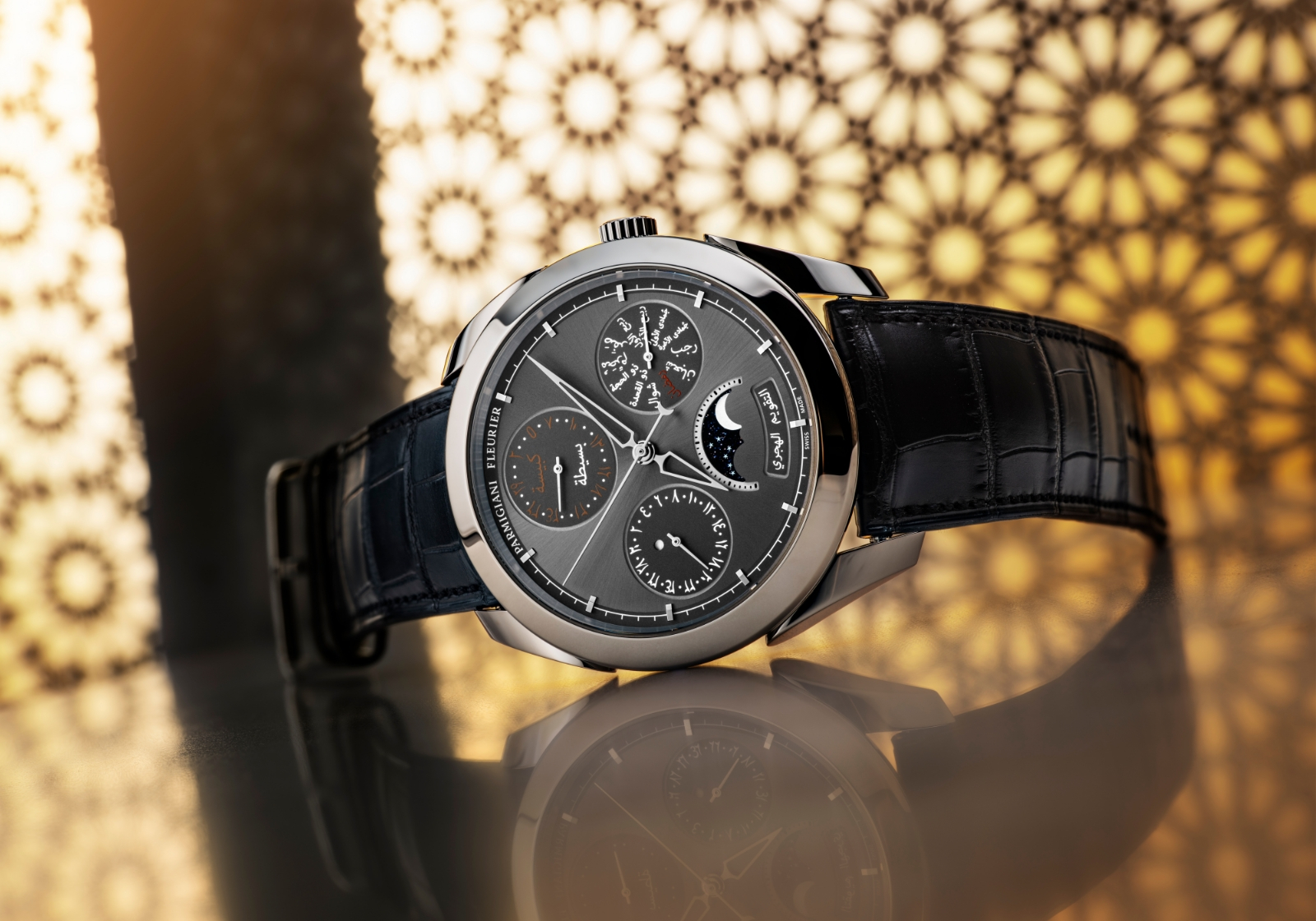
The conventional calendar used in most of the world is the Gregorian calendar, which has 365 days and an extra day in February every leap year. Consequently, and quite sensibly, almost all calendar watches display the Gregorian calendar. But there are other calendars used by various cultures and countries, like the Japanese calendar used for its Imperial eras, and also the Islamic, or Hijri, calendar.
And now for the very first time, Parmigiani Fleurier has created a wristwatch with a Hijri perpetual calendar. Founded in 1996 by watchmaker Michel Parmigiani, the brand has long been synonymous with inventive and complex watches, most notably the supercar-inspired Bugatti timepieces.
In 2011, the brand unveiled the Hijri calendar table clock, a US$2.5 million creation elaborately constructed in silver, rock crystal and semiprecious stone. Now Parmigiani has refined the concept and miniaturised it for the wrist with the Tonda Hijri Perpetual Calendar.
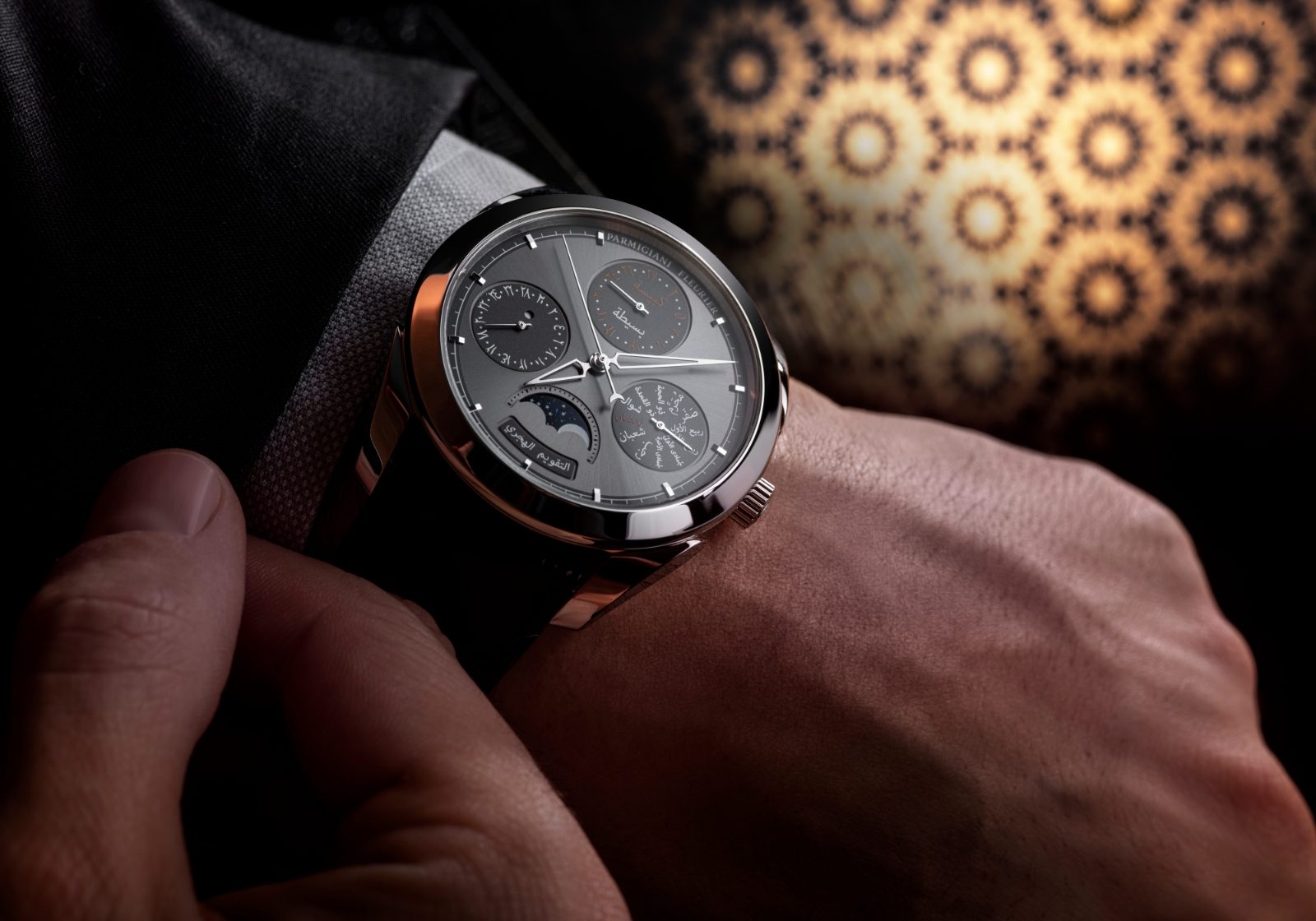
A lunar calendar
Made up of 12 lunar months and used to track important dates and events in Islam, the Hijri calendar differs from the common Gregorian Calendar in being a lunar calendar, one based on the cycles of the moon, and not Earth’s revolution around the sun. Its 12 months have either 29 or 30 days, resulting in a year that’s between 10 and 12 days shorter than the conventional 365-day year.
The Islamic calendar began in 622 AD when the Prophet Muhammad moved from Mecca to Medina, both in present-day Saudi Arabia, and founded the first Islamic community. In the millennia that the Hijri calendar has been in use, it is not known to have been integrated into a mechanical perpetual calendar wristwatch. While several watchmakers have built Hijri calendar wristwatches in the past, including Konstantin Chaykin and Daniel Roth for Breguet, those were not perpetual calendars, making Parmigiani’s new watch a world first.
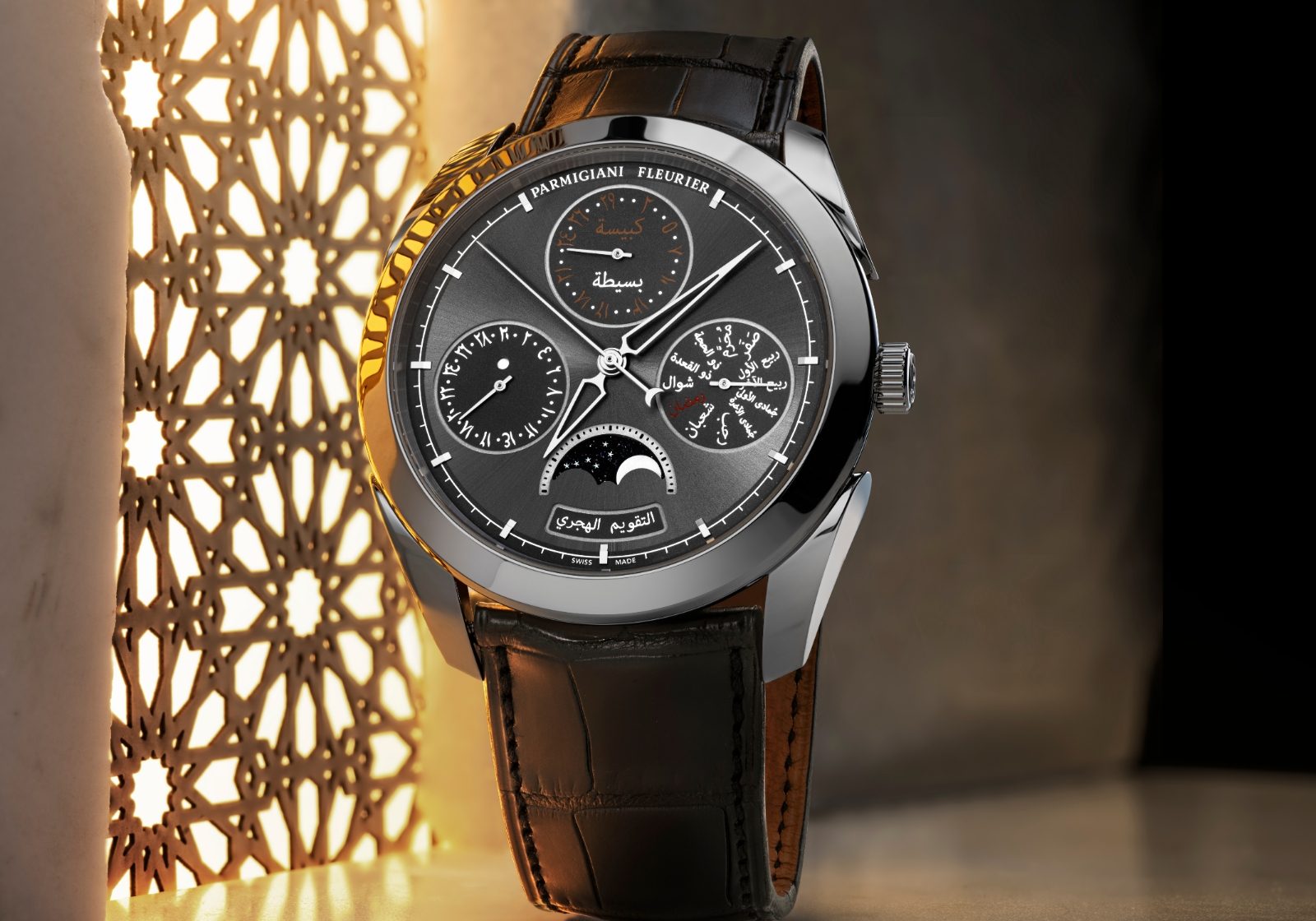
Precious, sans gold
Soberly dressed in shades of grey and silver, the Hijri Perpetual Calendar has a polished platinum case measuring 44.5mm in diameter and 14.09mm in height. Gold was specifically avoided as it’s an Islamic tradition that men cannot wear jewellery, and by extension, gold – not one element of the watch is in gold.
Hours and minutes are indicated by large, open-worked hands, while the seconds hand features a counterweight shaped like a crescent, often used as symbol of Islam and found on flags of Islamic states (although the religion has no official emblem).
The Hijri calendar is a full calendar, showing the date in Eastern Arabic numerals at nine o’clock, along with the names and lengths of the months in Arabic at three, as well as the years at 12. And at six is the moon phase display, with the moon disc in aventurine glass.
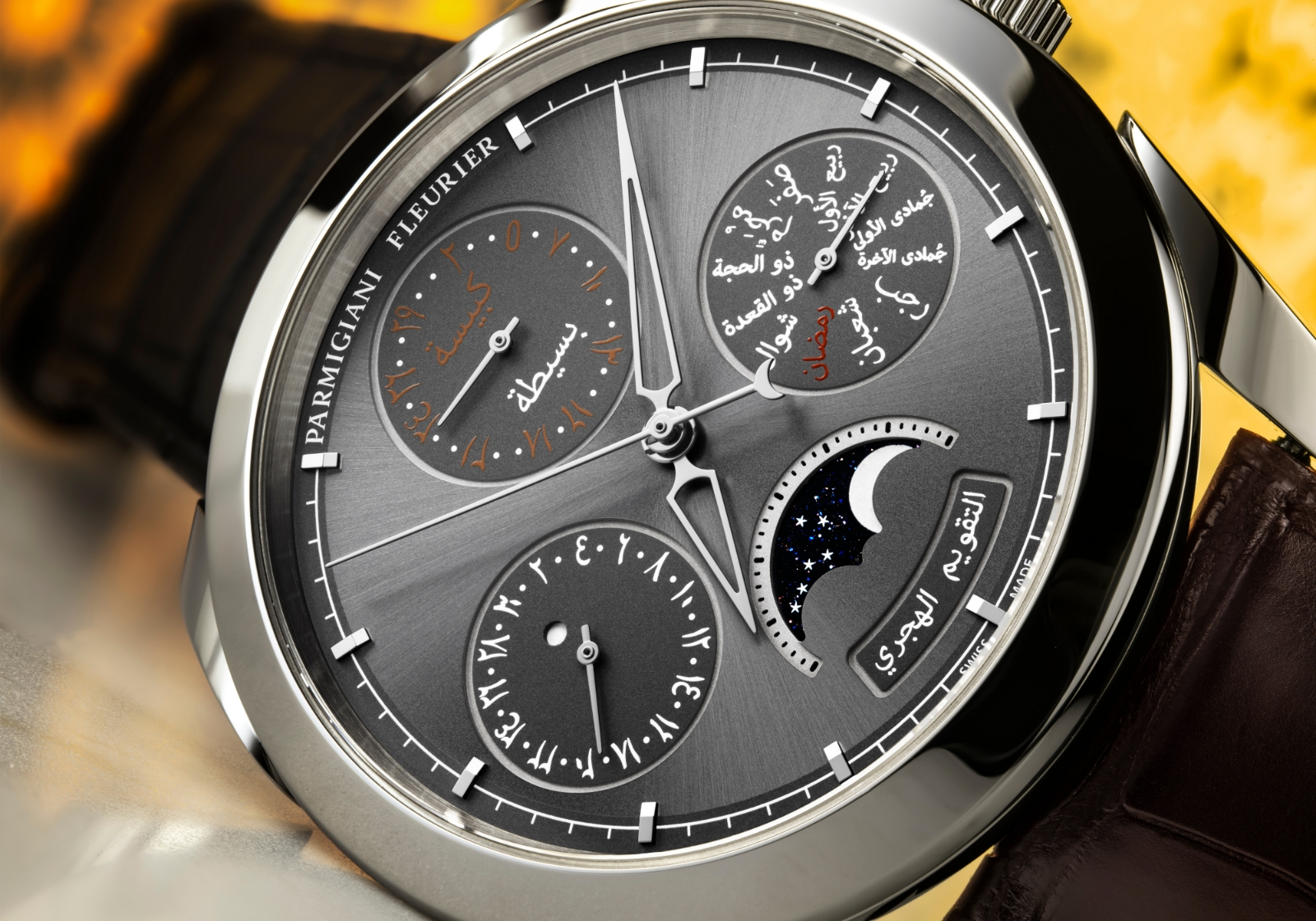
The month in red at three o’clock is Ramadan, the month of fasting and prayer
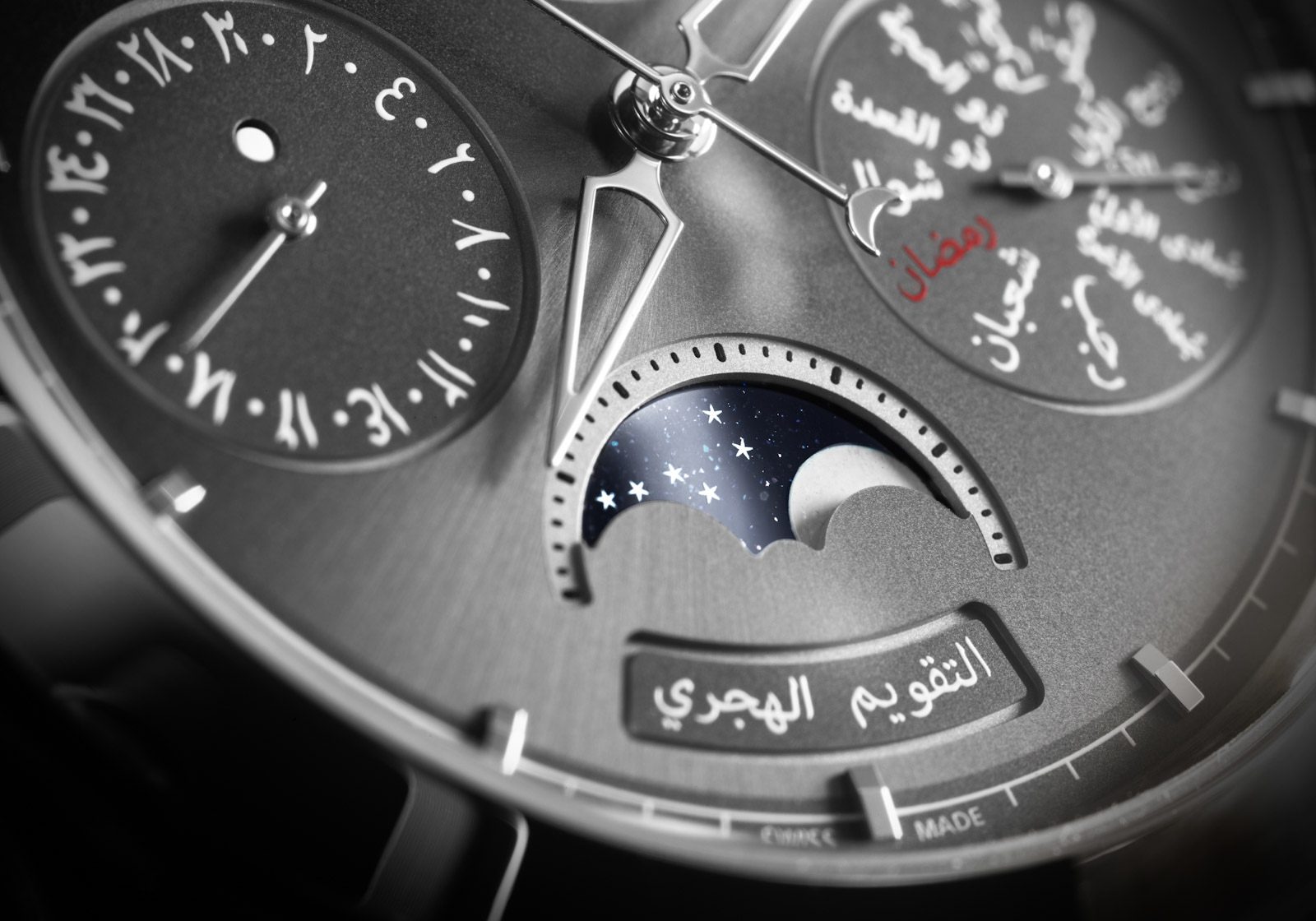
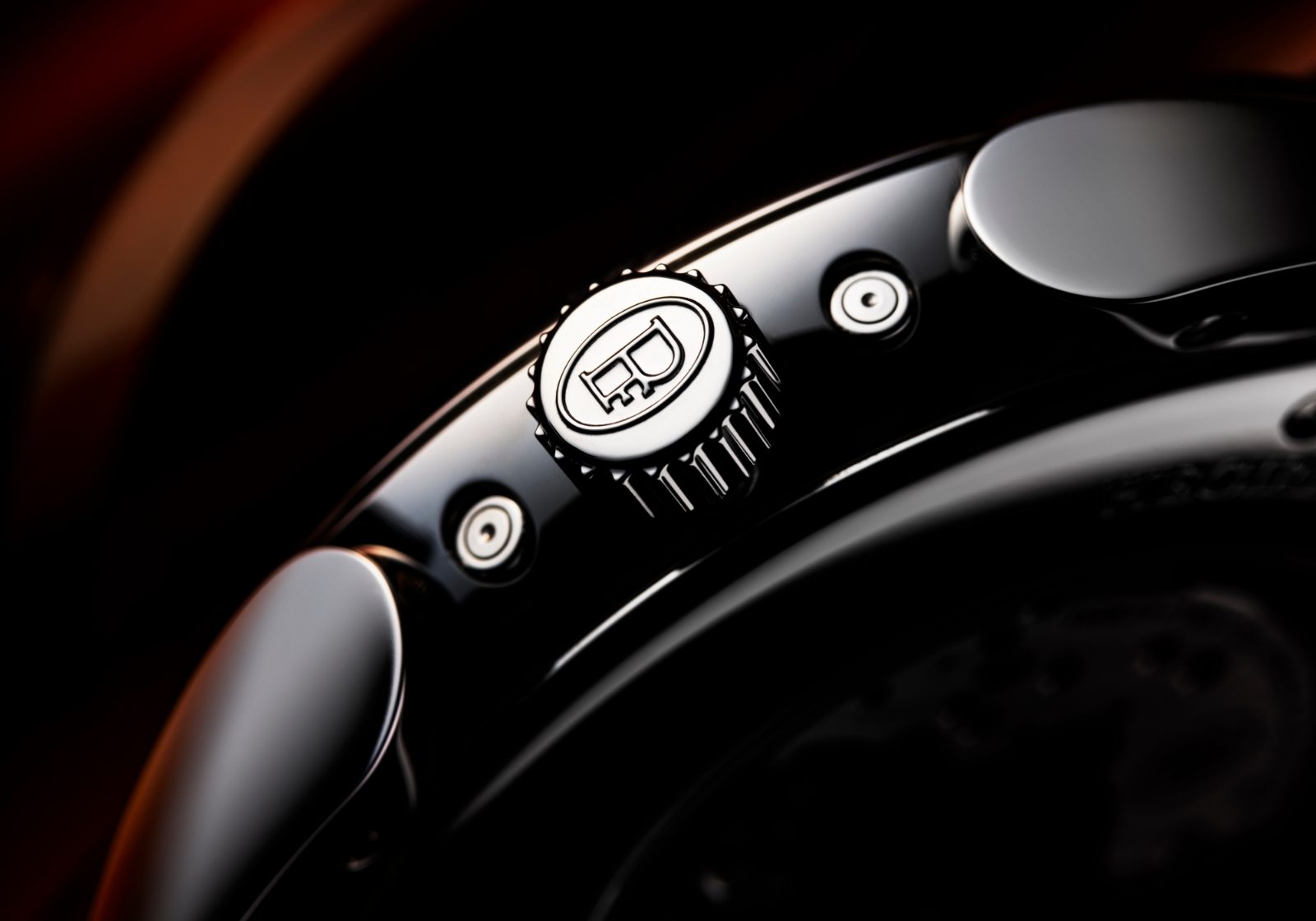
Two recessed pushers for setting the calendar
Inside is the in-house PF009, which has a 48-hour power reserve. Though the mechanics of the movement are identical to the standard calibre, elements for the movement were redesigned to incorporate elements inspired by Arabic architecture. The bridges, for instance, incorporate the shape of a crescent as well as the the Islamic symbol Rub el Hizb, two overlapping squares forming a star. And the rotor is in black-coated platinum, decorated with barleycorn guilloché.
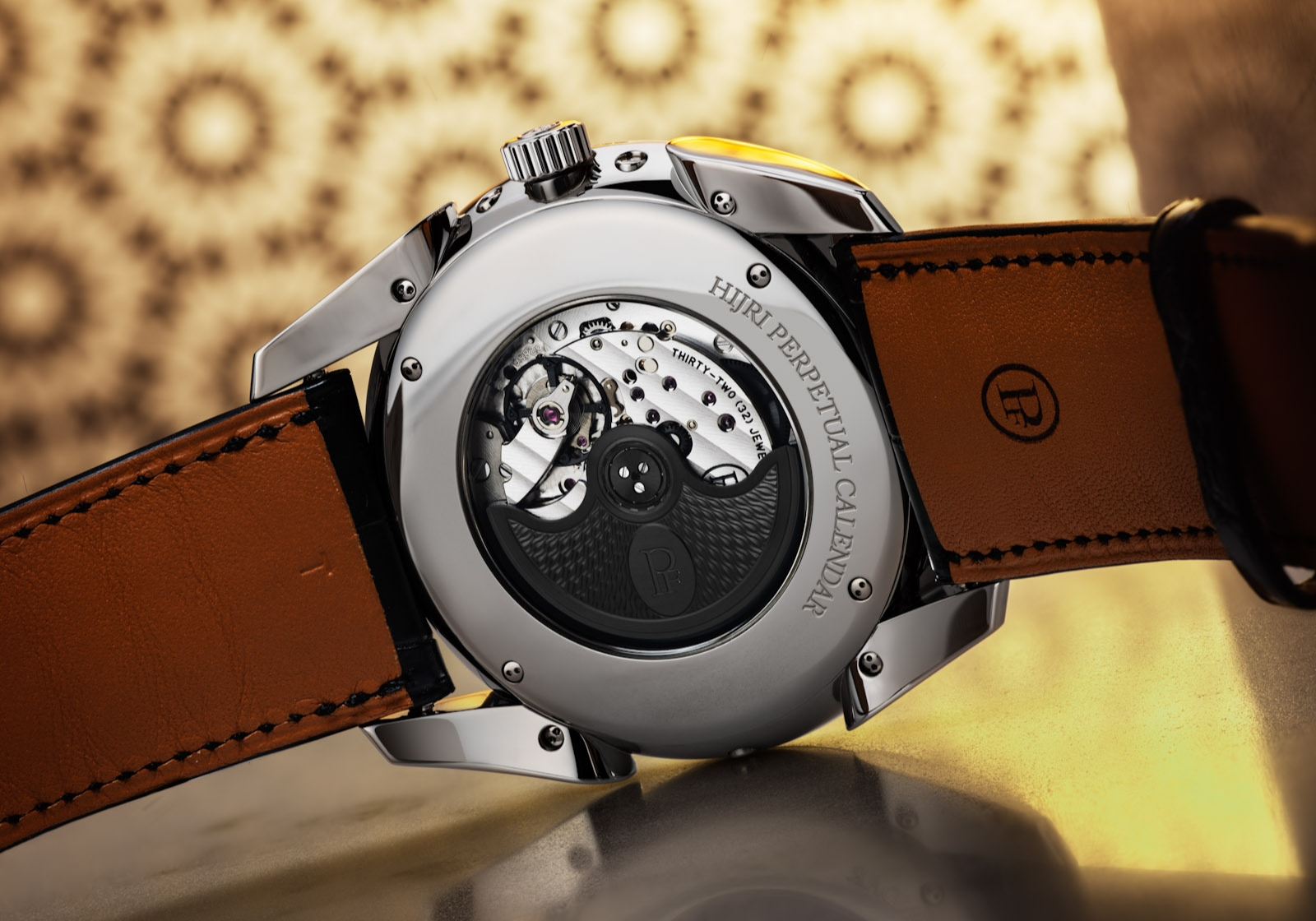
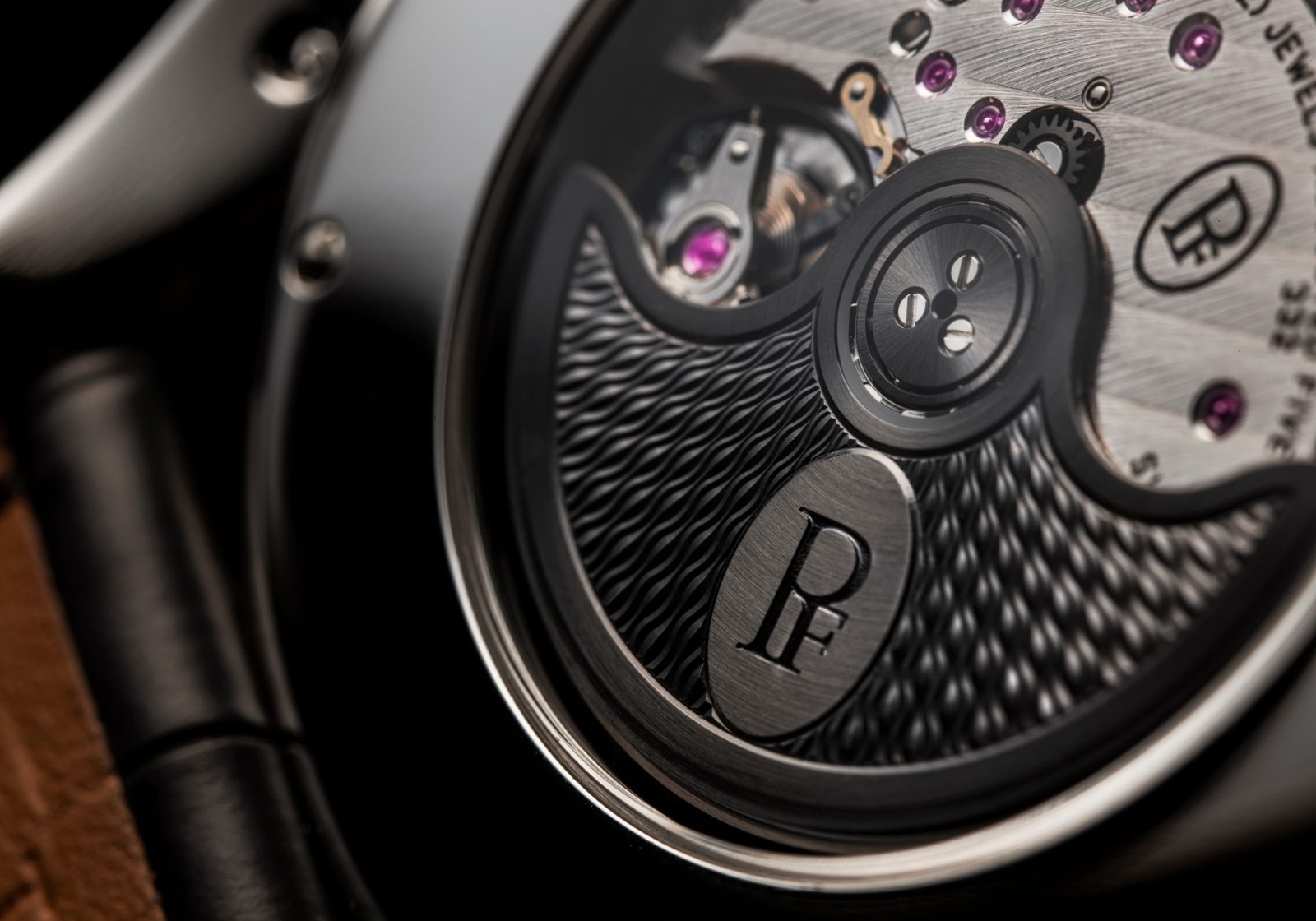
Key facts and price
Hijri Perpetual Calendar
Ref. PFH980-2000110-HA1482
Case diameter: 44.5mm
Height: 14.09
Material: Platinum
Water resistance: 30m
Movement: PF009
Functions: Hours, minutes, seconds, Hijri perpetual calendar and moon phase
Frequency: 28,800 beats per hour (4Hz)
Winding: Automatic
Power reserve: 48 hours
Strap: Hermès alligator strap with pin buckle
Availability: At Parmigiani boutiques and retailers starting April 2020
Price: US$80,000, or 108,281 Singapore dollars
For more, visit parmigiani.com
Back to top.

